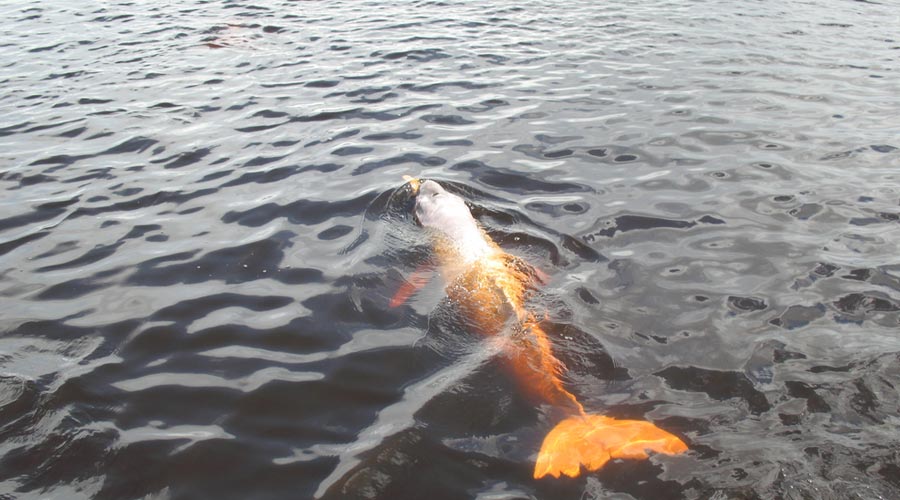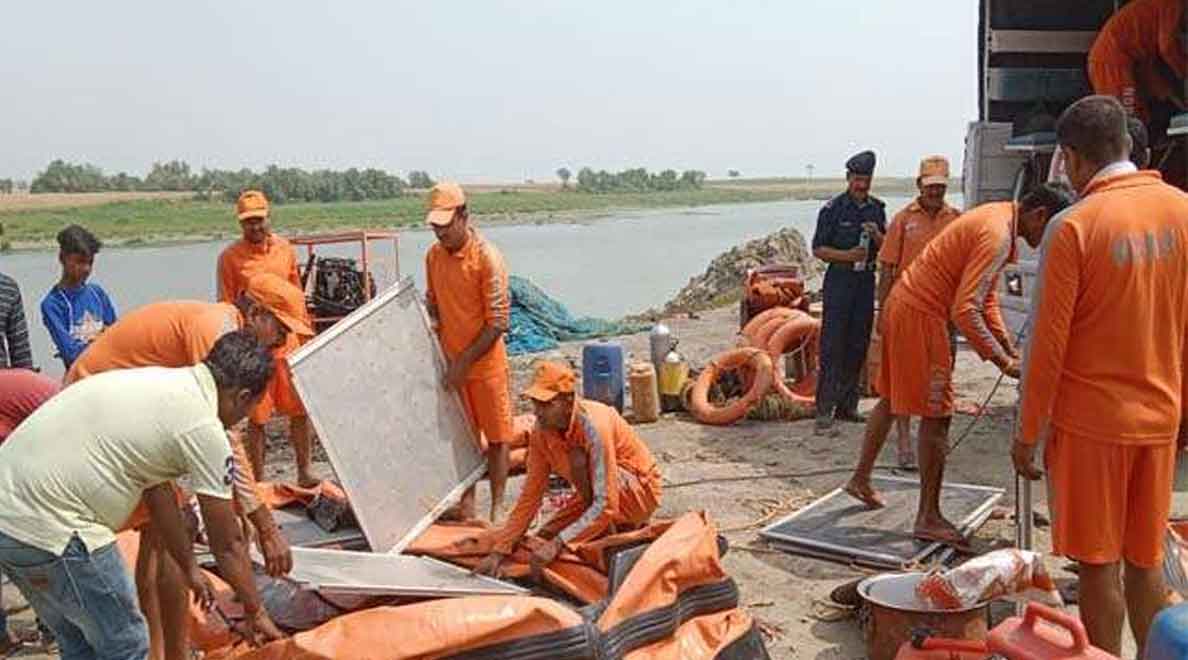The government will now study the life cycles of dolphins and the hilsa population in the Ganga to ascertain the health of the holy river at different sections, a senior NMCG official said.
The National Mission for Clean Ganga (NMCG) will be conducting the study in collaboration with the Council Of Scientific And Industrial Research-National Environmental Engineering Research Institute, NMCG Director General G Asok Kumar said.
Under this, bio-indicators like the population of dolphins and hilsa fish and micro-organisms will be studied to ascertain how much improvement has taken place in the health of the river.
Elaborating, Kumar said these bio-indicators play an important role in establishing the health of a river.
"We have taken many initiatives under the NMCG to improve water quality, and through the study, we want to test how much improvement has been achieved," he told PTI.
Kumar said the impact of human intervention on microbial diversity and the origin of E.coli present in the Ganga river would also be studied.
The study is part of a repository of studies and research being conducted by the NMCG on the Ganga river, the senior official said.
He further said that the repository was being made under 'Gyan Ganga' an NMCG initiative focusing on research, policy and knowledge management on subjects related to the Ganga river.
Kumar also spoke about a national ranching project of hilsa fish underway in the middle stretch of the Ganga.
"More than 6,00,000 hilsa adults have been ranched. This will support hilsa fish germplasm conservation and propagation in the river Ganga," he said. Hilsa juveniles found in the upstream of the Farakka Barrage on the river near the West Bengal and Jharkhand border show that ranching efforts under the project are working, the official added.
Kumar said the increase in fish population due to the efforts of the NMCG and the Central Inland Fisheries Research Institute will also improve the prey base of the higher aquatic biodiversity such as river dolphins, crocodiles, turtles and birds of the Ganga, along with the livelihoods of fishermen.
He said for the last four years, around 190 fish species have been recorded from the river which provides livelihood and economic sustainability to the fishers residing in the banks of the river.
The Ganga river and its basin is recognised for being one of the most populated in the world, and it nurtures vast biodiversity.












